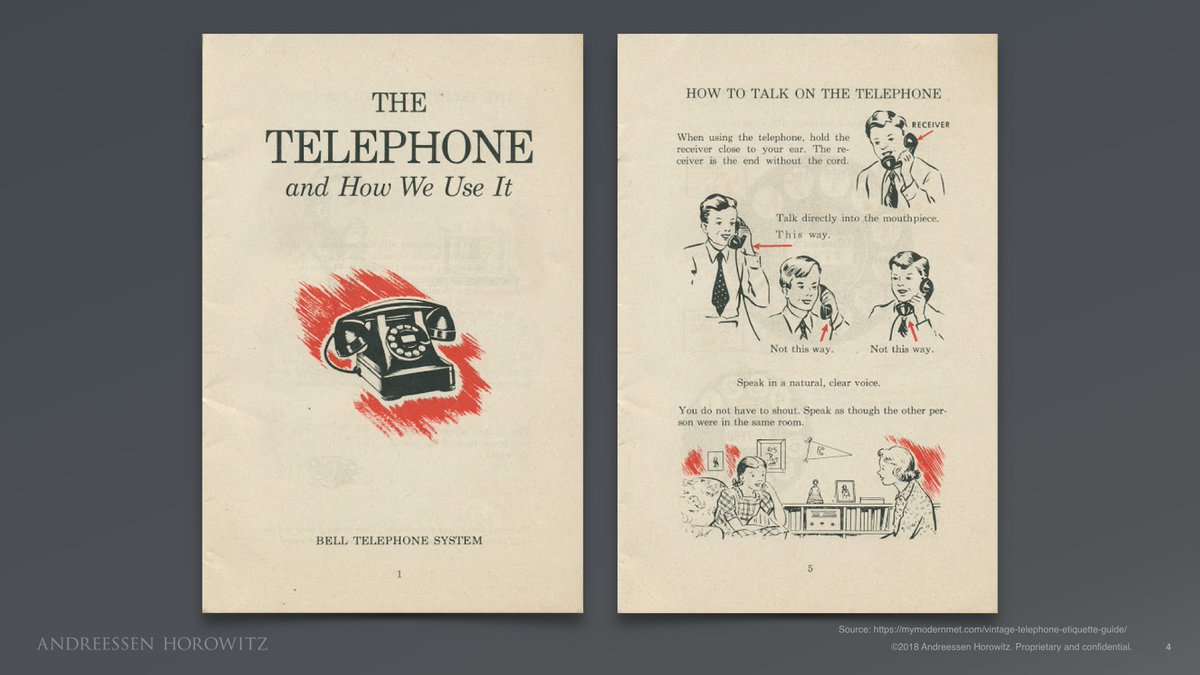However, they aggressively *rewrite* those drafts.
How to rewrite bad writing 👇
After rewriting 400,000 words on my site...
Advice for blog posts, tweets, emails:
However, they aggressively *rewrite* those drafts.
Your second draft is for identifying the best ideas then making them resonate.
The enemy of rewriting is being precious about what you originally said and how you originally said it.
You need to be willing to destroy.
Readers don't assess the quality of nonfiction by its elegance nor its complexity.
Instead, they assess:
[How strong your ideas are] x [how intuitively they understand them]
Unclear sentences distract from that understanding.
Write sentences that a thirteen-year-old could follow.
If they can understand you, so can everyone else.
That isn't to say children should understand the details.
Rather, children must be able to follow the logic of every argument.
• You use plain phrasing.
• You use fewer ideas per sentence.
Use these techniques in your writing too.
"The obstacle facing media organizations is to chart an economically sustainable course through a landscape of commodity journalism.”
“News companies are having a hard time staying in business because anyone with a blog or Twitter account can report the news now."
By removing overhead, the underlying point stands out.
The complexity of your writing should emerge from the strength of its ideas—not the wording.
The next step is rewriting for succinctness.
Remove everything you now realize is not required to make your point.
A post can be 50,000 words, but if it's dense with insights and devoid of rambling, it's succinct.
For each section of your post:
• Read all its paragraphs.
• Take an hour-long break.
• Rewrite the section from memory—focusing only on key points.
The fluff falls away when you focus on trying to effectively re-articulate your idea.
• Have them read your draft.
• Ask them to summarize it over the phone in thirty seconds.
• Delete your draft and restart from their summary.
• Add more words only as needed to make your point resonate.
The art of rewriting is the art of becoming self-aware about the purpose of every word you've written.
• Remove ideas that aren't critical to the central point.
• Don't describe what doesn't need to be described.
"To be brief on the sentence-level, remove words that don’t add necessary context. Extra words cause readers to slow down and do extra work. That makes it harder for them to recognize the sentence’s point. And when you exhaust readers, they quit reading."
"Your sentence is brief when no additional words can be removed. Being succinct is important because filler buries your talking points and bores readers into quitting."
Bingo.
Clarity and succinctness are what help ideas resonate. They reduce the friction of reading.
But it’s *intrigue* that gets people to read in the first place.
1. Novelty — A claim that's counter-intuitive, counter-narrative, surprising, or elegantly poetic.
Novelty = New info that readers would not have easily intuited on their own.
Tease readers with a question you don't answer until later.
If you weave (1) novelty and (2) withhold information, readers are likely to remain engaged.
@waitbutwhy is great at this.
• Ask feedback-givers to highlight every sentence that gives them a dopamine hit. Those are the moments of novelty: "Ahh, that's interesting."
• For each hit, increase a counter at the end of its sentence. Like this (3).
• Rinse and repeat until your article has a steady cadence of dopamine hits.
I want you to consider two psychological principles.
1. The hook principle — "A captivating intro buys goodwill with readers so they overlook an imperfect middle."
The peak-end rule — “People judge an experience largely based on how they felt at its most intense point and at its end. This implies they do not judge the experience based on the average of every moment.”
1. Have a captivating intro that buys goodwill.
2. Have at least one sustained peak of insight or surprise.
3. Have an ending that satisfyingly justifies why the piece was worth reading.
• Use simple wording and simple sentences.
• Simple language doesn't weaken ideas. It strengthens them by helping what matters stand out.
• Evenly distribute dopamine hits. Rely on feedback; it's hard to judge this yourself.
If you want more writing content, you can give me a follow and turn on notifications.
See my past threads here:
@julian
—Neil Gaiman (@neilhimself)
For specifics, see my handbook.
It's free, and I have nothing to sell you:
https://t.co/BJkEXDWUxr















